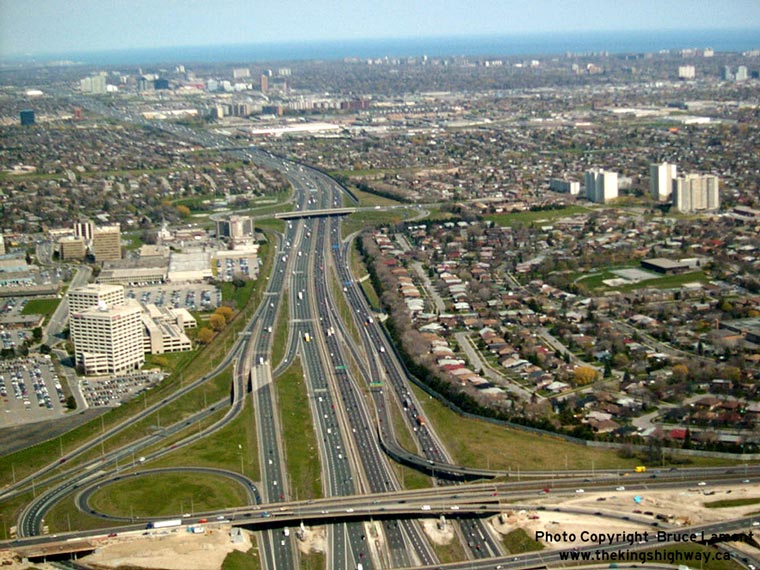Car Capacity Is Not Sacred
By Dan Bertolet
Supporters of “road diets†are quick to point out that even when car travel lanes are eliminated to make room for bikes, not to worry, there will still be sufficient capacity for cars. And even though that has been blindingly indisputable in several recent Seattle cases, the naysayers howled away nonetheless—a sad commentary on how deeply in denial our culture still is when it comes to the problem of car dependence.
But to me, the dynamic of that debate also reveals a troubling acquiescence—by both sides—to an ostensibly inviolable ground rule: Car capacity is sacred.
It may well be that in today’s political climate, the only way cycling and pedestrian advocates will get the infrastructure they want is if they assure the masses that car travel will not be impacted in any way. But the trouble is, that position suppresses the reality that cars are in fundamental conflict with walking, biking, and transit.
In his book Green Metropolis, David Owen captures that conflict:
In urban areas that are dense enough to support efficient public transit systems, officials often negate their own efforts to increase usage, by simultaneously spending huge sums to make it easier for people to get around in cars. When a city’s streets or highways become crowded, for example, the standard response is to create additional capacity by building new roads or widening existing ones. Projects like these almost always end up making the original problem worse—while also usually taking years to complete and costing many millions of dollars—because they generate what transportation planners call “induced trafficâ€: every mile of new open roadway encourages existing users to make more car trips, lures drivers away from other routes, and tempts transit riders to return to their automobiles, with the eventual result that the new roads become at least as clogged as the old roads, though at higher traffic volumes, and the efficiency of transit declines. These negative outcomes are compounded by the fact that, in the short term, temporarily improved traffic flow reduces commute times for drivers on the expanded roadways, making it easier for people to justify building houses, malls, and office buildings in formerly inaccessible outlying areas—and , in turn, eventually makes all the original problems worse, as the places where commuters sleep and shop drift farther and farther apart, and new feeder roads are built to serve them.
Note that the passage above is just as valid if you substitute “walking†or “biking†for “transit.â€
The crucial point is that car infrastructure not only encourages driving, it also sabotages mobility by any other means. It’s a vicious cycle: roads beget sprawl begets car dependence begets roads, and so on. And the result is an ever-expanding built environment in which walking, biking, and transit are not viable options.
The only way to break the vicious cycle is to invest our limited transportation dollars in infrastructure that will help make walking, biking, and transit more attractive than driving. And here’s where we need to start being honest with ourselves: If we are serious about creating a city in which significant numbers of trips are made by modes other than cars, then we will have to accept that driving will become less convenient than it is today.
As the Puget Sound region continues to grow—and we know it will—we will be faced with a choice: Continue to build more roads and thereby preclude progress on alternative transportation, or stop building roads and accept that there is a limit to the number of cars we can accommodate if we hope to a create a balanced, sustainable transportation system and the compact land use patterns that support it.
All the evidence I’ve seen overwhelmingly supports the latter choice. That is not to say the transition will be totally painless. It won’t. But wishing for a pony isn’t going to solve the massive future challenges we face. And the alternative is to keep spending our money to make our problems worse, dig our hole deeper, and compound the long-term misery.
We can’t have it both ways. There can be no meaningful progress on alternative transportation until we stop acting as if car capacity is sacred. Rising energy costs and cultural evolution can both be expected to help move us in that direction eventually. And both local and state policies have established the goal of reducing driving.
But so far, the only truly effective means we have to reduce reliance on cars—curtailing capacity—is still a political non-starter. And that attitude needs to change fast. Because the effects of transportation infrastructure investments play out at the regional scale over decades-long timeframes. The time to starting breaking the vicious cycle is now.







